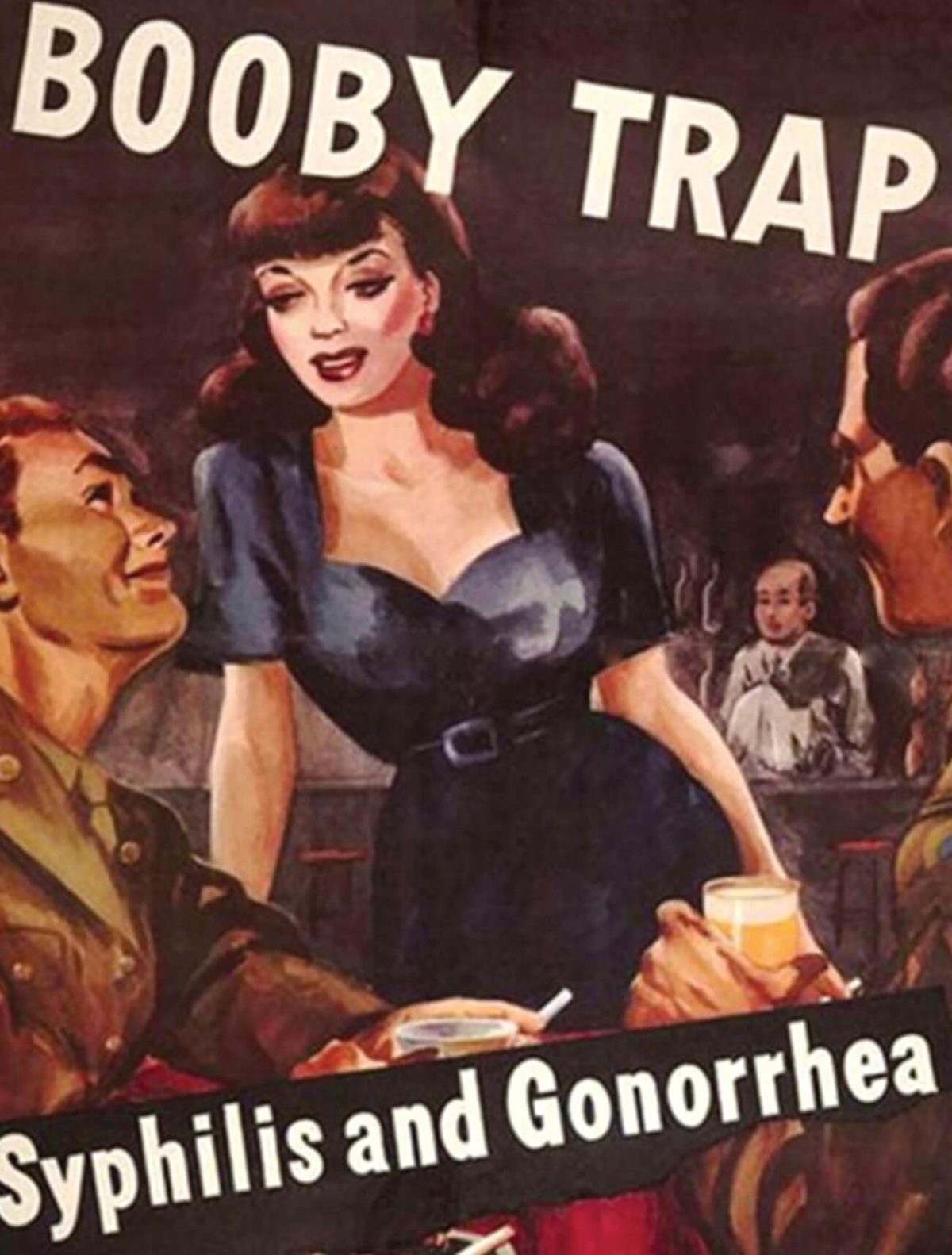It feels like every day there is another assault on the rights of the most marginalized people in America, despite Democratic control of the White House and Congress. From book-banning and bathroom bills to criminalizing trans and reproductive healthcare, the right wing shows no signs of stopping. The party of small government, family values and other dystopian doublespeak has been here before, and ironically, the very children they profess a desire to protect are the ones most likely to feel the repercussions.
Since the 1980s, the Religious Right has had a stranglehold on K-12 sexuality education, eschewing medical and scientific fact in an effort to advance religious and social conservatism. The goal of sex education in schools should be to equip students with the knowledge, resources and skills to understand their bodies and to make informed choices about their health and safety. But the reality is something else entirely, and this current wave of legislation is just another way to assert control over children’s understanding of gender and sexuality.

So how did we get here?
While the idea of sex education in school might conjure images of dimmed lights and awkward videos, the first sex ed film actually had a theatrical release: 1914’s Damaged Goods depicts a man who gets syphilis from a sex worker, passes it on to his newborn baby, then kills himself (yikes). The spread of syphilis and gonorrhea during WWI made it clear that educating soldiers about sexual health and prostitution was a public health imperative, and Damaged Goods immediately began screening in boot camps. Proponents of “social hygiene” teamed up with the social purity organizations of the day (made up of Christian moralists) to create the American Social Hygiene Association, who were responsible for most of the early sex education curricula. The belief was that if soldiers had learned about safer sex before going into battle, the rampant spread of STIs could have been prevented. Therefore, this instruction made its way to high schools in the 1920s, where it retained its focus on public health, but also warned of the dangers of masturbation (just for boys, of course) and sex outside of marriage. Women were relegated to the Madonna—the good girls ready to have your babies—or the whore—evil, disease-ridden temptresses.
The early 1980s saw the kind of sex education that many of us advocate for now become the norm. Topics expanded from reproduction to include self-esteem, responsible choices, gender, homosexuality and masturbation. On the other hand, some of the loudest voices on the right, like Eagle Forum’s Phyllis Schlafly and the Moral Majority’s Jerry Falwell, decried any discussion of sexuality outside of monogamous, heterosexual, contraception-free marriage. Lines were already being drawn when the AIDS crisis hit, requiring a change in tactics across the board. Surgeon General C. Everett Koop, generally liked by conservatives for his antiabortion stance, advocated for comprehensive sex ed, AIDS education and instruction on condom use. Sensing the inevitability of sex education remaining in schools, the Religious Right used that as an opportunity to aggressively push their abstinence-only agenda, the effects of which we are still feeling today.
In 1981, Republican Senators Orrin Hatch and Jeremiah Denton proposed the Adolescent Family Life Act (AFLA) as a way to counter the federal funding provided for family planning services under Title X. They argued that Title X, created in 1970, promoted abortion and premarital sex, and instead wanted federal funding for programs encouraging abstinence or adoption to address teen pregnancy. Despite the fact that AFLA explicitly allocated federal money for religious, abstinence-only programs (separation of church and state, anyone?) it passed and was even upheld by the Supreme Court seven years later (Bowen v. Kendrick). In 1996, Congress attached federal funding for abstinence-only curriculum to welfare legislation. Only programs with the primary goal of promoting no sex before monogamous marriage and no information on contraception were eligible.































